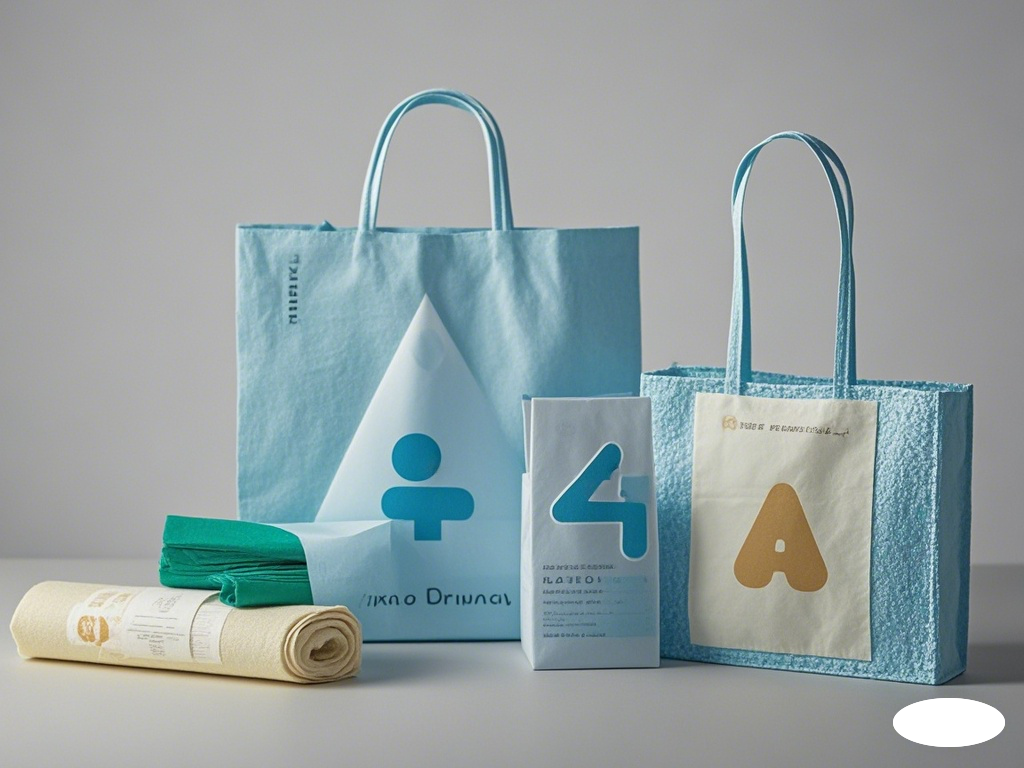I. Overview of Non-woven Fabric
Non-woven fabric, also known as non-woven cloth or nonwovens, is a kind of fabric that does not require the processes of spinning and weaving. It is formed by arranging textile short fibers or filaments directionally or randomly to create a fiber web structure and then strengthening it through mechanical, thermal bonding, or chemical methods. It is mostly produced from polypropylene (PP material) granules as raw materials. These granules are melted at high temperatures, then extruded into filaments through a spinneret, laid out, and rolled up after hot pressing in a continuous one-step production process. It is called “cloth” due to its appearance and some properties similar to those of traditional fabrics.
II. Characteristics
- Breaking through Traditional Textile Principles: It features a short production process flow, high production speed, high yield, low cost, wide range of applications, and diverse sources of raw materials.
- Types of Fibers: The main fibers used in the production of non-woven fabrics include polypropylene (PP), polyester (PET), as well as polyamide (PA), viscose fiber, acrylic fiber, high-density polyethylene (HDPE), and polyvinyl chloride (PVC).
- Performance Advantages: It is a new type of fiber product with a soft, breathable, and flat structure. It does not produce fiber debris and is tough, durable, and as smooth as silk. It can also be used as a reinforcing material and has a cotton-like feel. Compared with cotton products, non-woven bags are inexpensive and easy to shape. As a new generation of environmentally friendly materials, it is water-repellent, breathable, flexible, non-flammable, non-toxic, non-irritating, and rich in colors. When placed outdoors, it can decompose naturally within a maximum of 90 days, and when placed indoors, it can decompose within 8 years. When burned, it is non-toxic, odorless, and leaves no residues, thus causing no environmental pollution.
- Disadvantages: It has relatively poor strength and durability. It cannot be washed like other fabrics. Due to the directional arrangement of fibers, it is prone to splitting in the direction perpendicular to the fiber alignment (at right angles).
III. Classification of Production Processes
- Spunlaced Non-woven: High-pressure fine water jets are sprayed onto the fiber web to make the fibers entangle with each other, thereby strengthening the fiber web and endowing it with certain strength.
- Thermal Bonded Non-woven: Fibrous or powdered hot-melt bonding reinforcement materials are added to the fiber web, and then the fiber web is heated, melted, cooled, and finally formed into cloth.
- Airlaid Non-woven (also known as dust-free paper or dry-laid non-woven fabric for papermaking): The airlaid technology is used to open the wood pulp fiberboard into a single fiber state, and then the fibers are aggregated onto the forming wire by air flow, and finally the fiber web is strengthened into cloth.
- Wet-laid Non-woven: The fiber raw materials placed in the water medium are opened into single fibers, and different fiber raw materials are mixed at the same time to make a fiber suspension slurry. The suspension slurry is then transported to the web-forming mechanism, and the fibers are formed into a web in a wet state and then strengthened into cloth.
- Spunbonded Non-woven: After the polymer is extruded and stretched to form continuous filaments, these filaments are laid out into a web, and then the web is turned into non-woven fabric through self-bonding, thermal bonding, chemical bonding or mechanical reinforcement methods.
- Meltblown Non-woven: The process includes polymer feeding, melting and extrusion, fiber formation, fiber cooling, web formation, and reinforcement into cloth.
- Needle-punched Non-woven: As a type of dry-laid non-woven fabric, the needle-punched non-woven fabric uses the puncturing action of needles to strengthen the fluffy fiber web into cloth.
- Stitch-bonded Non-woven: It is also a type of dry-laid non-woven fabric. The stitch-bonding method uses the warp-knitted loop structure to reinforce the fiber web, yarn layers, non-textile materials (such as plastic sheets, thin plastic metal foils, etc.) or their combinations to make non-woven fabric.
IV. Applications
- Medical Field: It is used for surgical gowns, protective clothing, sterilization wrap cloth, masks, diapers, household cleaning rags, wipes, wet facial tissues, magic towels, soft towel rolls, beauty products, sanitary napkins, panty liners, and disposable hygienic cloths.
- Household Decoration: Such as wall coverings, tablecloths, bed sheets, and bedspreads, as well as clothing linings, fusible interlinings, wadding, molded cotton, and various synthetic leather base fabrics.
- Industrial Field: It is used as the base material for roof waterproofing membranes and asphalt shingles, reinforcing materials, polishing materials, filtering materials, insulating materials, cement packaging bags, geotextiles, and wrapping cloths.
- Agricultural Field: It is used for crop protection cloths, seedling nursery cloths, irrigation cloths, and heat preservation curtains.
- Other Aspects: Such as space cotton, heat and sound insulation materials, oil absorbent mats, cigarette filters, tea bag packaging, and shoe materials.

